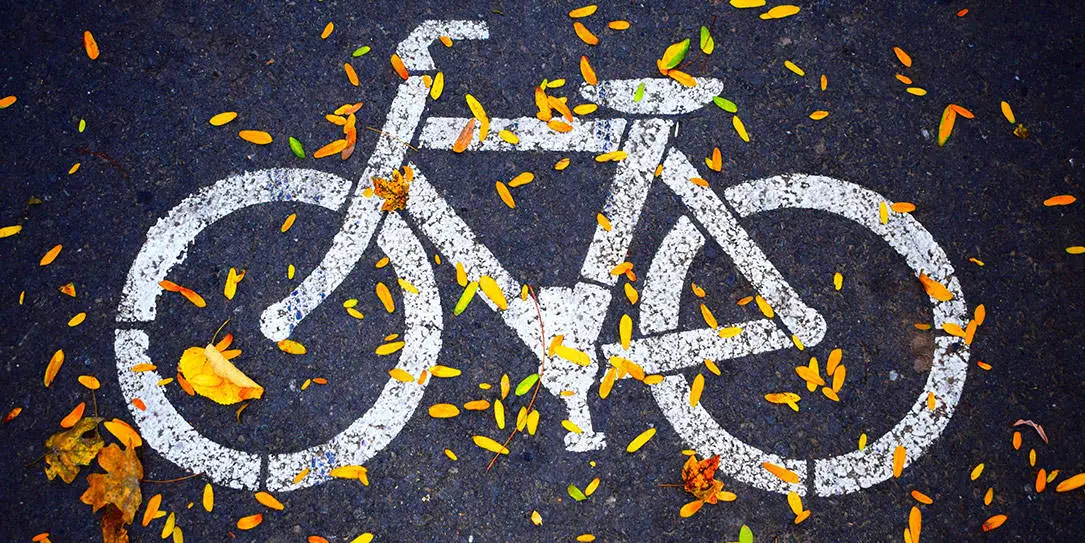Educate Yourself On The Legislations Controling E-Bike Usage In Your Region To Make Certain Secure Riding Methods
Educate Yourself On The Legislations Controling E-Bike Usage In Your Region To Make Certain Secure Riding Methods
Blog Article
Composed By-Mckee Rose
Prior to you get on your e-bike and struck the streets, it's vital to recognize the regulations and regulations that control your city. From speed restrictions to marked riding areas, there's a lot to think about to guarantee you're compliant and risk-free. By acquainting on your own with the regulations specific to e-bikes, you'll be better equipped to enjoy your experiences without any unforeseen legal problems. Stay tuned to uncover hoverboard with cart that will certainly help you navigate the e-bike landscape in your city flawlessly.
Comprehending E-Bike Category
When it pertains to browsing the world of e-bike legislations and guidelines, an essential starting point is comprehending the category system that categorizes these electrical bicycles. https://www.dailytelegraph.com.au/newslocal/manly-daily/northern-beaches-council-launces-australia-first-code-for-safe-use-of-electric-fat-bikes/news-story/d4d9566e6c94306d247dbba679548684 -bikes are generally identified right into 3 main categories: Class 1, Class 2, and Class 3.
Class 1 e-bikes are pedal-assist only, meaning they offer help while the motorcyclist is pedaling and have a maximum speed of 20 mph. These bikes are admitted locations where conventional bicycles are allowed.
Class 2 e-bikes are geared up with a throttle that can drive the bike without pedaling. They also have a maximum speed of 20 mph and appropriate for cyclists who may require help without pedaling continually.
https://keeganlhbuo.webdesign96.com/33572845/why-electric-bikes-are-the-smart-choice-for-lasting-living -bikes resemble Class 1 however with a greater maximum speed of 28 miles per hour. These bikes are often restricted from specific bike courses or trails due to their greater rates.
Comprehending these classifications is important for complying with local guidelines and ensuring a safe and delightful e-biking experience.
Browsing Rate Limitations and Constraints
To successfully browse e-bike regulations and laws, it's essential to comprehend the speed limits and constraints that put on different classes of electrical bicycles.
Speed restrictions for e-bikes vary relying on the category of the bike. Course 1 e-bikes, which are pedal-assist just and have a maximum speed of 20 mph, are generally permitted on bike lanes and courses.
Class 2 e-bikes, which have a throttle along with pedal-assist and likewise reach rates of approximately 20 miles per hour, might be restricted in certain areas where motorized vehicles aren't allowed.
Course 3 e-bikes, with pedal-assist up to 28 miles per hour, are normally needed to adhere to the very same rules as conventional bicycles.
It is necessary to follow these rate limitations and constraints to ensure your safety and the security of others when driving. Before riding your e-bike, familiarize yourself with the particular laws in your city to prevent any prospective fines or legal concerns.
Where to Trip Your E-Bike
To establish where you can ride your e-bike, it's important to be aware of the guidelines and standards certain to your location. In the majority of areas, e-bikes are generally enabled on roads and streets where standard bikes are allowed. This may consist of bike lanes, bike courses, and shared roads. Nevertheless, it's essential to inspect regional legislations as some cities might have specific restrictions on where e-bikes can be ridden.
When riding your e-bike, constantly focus on security by adhering to website traffic rules and valuing pedestrian pathways. Furthermore, bear in mind any assigned bike lanes or courses in your area and utilize them whenever possible to ensure a smoother and much safer trip.
Some cities also have guidelines relating to e-bike usage on sidewalks, so ensure to acquaint on your own with these guidelines to stay clear of any type of penalties or penalties.
Final thought
Now that you know with the legislations and guidelines bordering e-bikes in your city, you can with confidence hit the trail understanding where you can ride and what constraints relate to your e-bike classification. Keep in mind to always focus on safety and security and adhere to the rules to guarantee a smooth and lawful trip. Satisfied riding!
